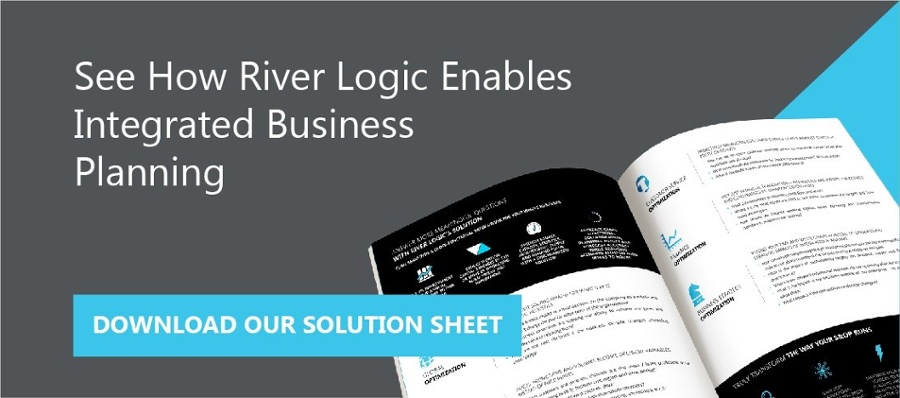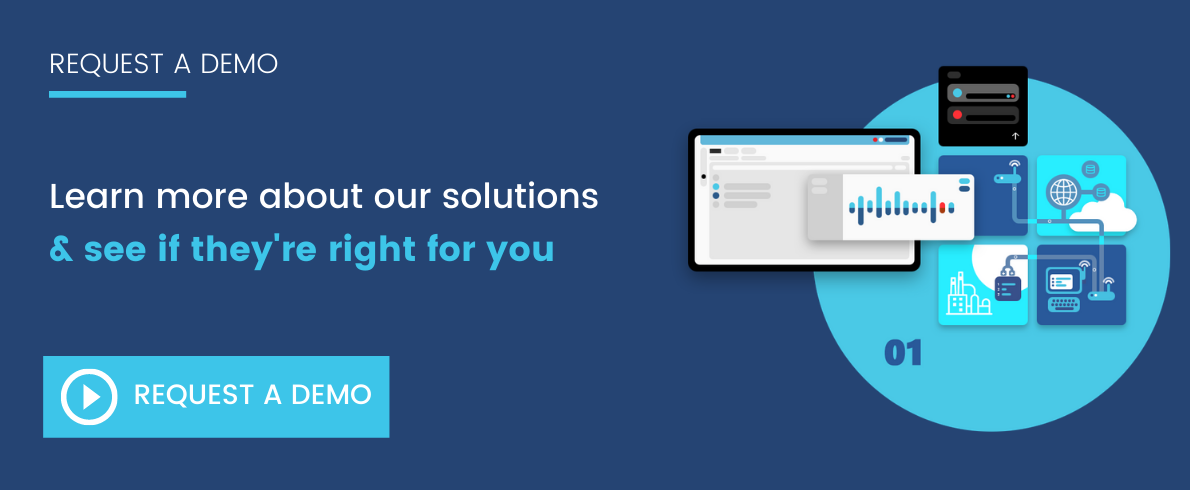It’s in such situations that integrated business planning (IBP) is an effective mechanism for bridging the gap between the present and the future. Additionally, IBP support software that analyzes your data helps reduce the workload, while optimization software allows your team to evaluate scenarios and determine the best way to link current strategies with the long-term plan.
Role of the C-Level in Determining Strategic Direction
Key objectives of a C-level executive’s job include the need to think ahead, anticipate future direction and identify potential constraints. This responsibility includes participating in strategic planning exercises and determining future strategy. Unfortunately, concrete steps to implement medium-term and long-term plans often falter because many businesses lack the resources, commitment and technology to do much more than review the plan.
While the hard part of strategic planning is in its implementation, this is where the long-term benefits lie. Implementation of strategic plans is as important as the focus on achieving short- and medium-term business results. However, because perceived pressure from shareholders is on achieving immediate results, it may be difficult to allocate resources toward what is sometimes perceived as a nebulous strategy. This is why C-levels need a solution such as IBP that links current activities with long-term strategy.
Turning Strategic Plans into Reality with IBP
It’s in this context that integrated business planning is an effective vehicle for linking the immediate and the future. Using similar methodologies to S&OP, IBP brings together various functional departments that make up an organization and helps them direct their energy toward achieving company goals. It breaks down the barriers between different functions and helps individual management align departmental objectives with that of the organization.
IBP provides the tools that help C-level executives align the organization’s short- and medium-term plans with long-term goals as defined in the business’ strategic plan. A key aspect of IBP is that plans are enumerated in financial terms, so they can be aligned with organizational profit and loss accounts as well as in terms of achieving immediate financial targets.

Key Factors Supporting an IBP Strategy
IBP represents a fundamental departure from normal business practices. Its strength lies in the way it breaks down functional silos, which are a feature of most organizations, and channels efforts toward a common goal. It does this in several ways:
Merges Diverse Interests
In organizations with strong functional departments, there are often intense rivalries, and departments often have goals that aren’t in tune with those of the organization. Once IBP is introduced, individual departments need to engage with each other, and as they do, their objectives begin to converge.
Everyone Speaks a Common Language
In most organizations, each function has its own terminology for measuring performance. The finance department works with account codes, manufacturing in unit numbers, and procurement with purchasing volumes. While these metrics have their place, with IBP they are redefined so there’s common understanding of what they mean.
IBP Moves Beyond the Narrow Confines of S&OP
While S&OP is a powerful tool for aligning sales, production and purchasing, it’s primarily concerned with physical numbers. The financial implications of planning decisions are ignored in the quest to meet physical targets. IBP transcends this because decisions and plans are measured in financial terms, allowing managers to determine the best decision in terms of revenue and profit.
How Optimization Software Supports IBP
Integrated business planning aligns the organization’s activities, forming a link between immediate business plans, medium-term plans and long-term strategic plans. At each stage, there are multiple permutations to consider, and it’s crucial to determine the best alternative.
While software such as ERP, MRP and S&OP can determine solutions, this type of software is rules-based and has no optimization capabilities. In fact, it’s quite possible for solutions based on rules-based or heuristics software to be impractical.
This is the reason why leading C-level executives are turning to optimization software to evaluate IBP scenarios because of the ability to determine the best and most feasible alternative out of many possible solutions.
Benefits of Optimization Software for IBP
The novel approach of using optimization software for IBP has proven to be very successful. For example, one food company discovered that the most profitable scenario meant a counter-intuitive relocation of a food product to a plant situated some distance from its major market. Despite the higher transport costs, excess capacity and available ingredients at the chosen plant meant a reduced overall product cost, increasing profitability. Other benefits of using optimization software for IBP include:
Reduced Cycle Time
Using a mathematical business model and solver software means an IBP cycle can be completed in days rather than weeks.
Copes with Complexity
Traditional methods of IBP fail when the number of possible permutations is high, whereas optimization solutions such as River Logic’s Enterprise Optimizer handle complex trade-offs.
Optimizes Scenario Planning
The ability to pose “what if” questions means multiple scenarios can be quickly analyzed, giving C-levels the ability to evaluate different business strategies.
Finds the Best Solution
Optimization software has the ability to evaluate extremely complex situations and determine the single best option that provides the shortest payback, highest profitably or highest cash flow.
Choosing the Right IBP Software
Each business is unique, so it’s not really practical to adopt a one-size-fits-all type of packaged software. The best results are obtained when you model a business as it really functions.
There are two approaches to preparing a software model. One is applying 4th generation programming languages to hardcode mathematical equations that describe the business. While extremely powerful, this approach entails the services of high-level programming experts and takes a significant amount of time. A solver program is used to analyze and optimize scenarios.
An alternate method is to use a 5th generation visual modeling language that does away with the need to write code. Instead, the mathematical formula that represents each business function is defined using a drag-and-drop visual interface. This type of modeling is inherently transparent, and it’s easy to make changes. Solver programs are usually incorporated as part of the solution so there’s no need to source external software.
Why Business Modeling for IBP Helps Keep C-Level Eyes on the Ball
Using an optimization platform to model IBP takes the guesswork out of business planning. Complex scenarios can be analyzed and feasible plans developed to take the business forward. This approach, which transcends rules-based business planning, offers significant advantages, allowing C-level executives to take control of IBP. Benefits of using 5th generation optimization software to underpin integrated business planning include:
- Faster model preparation
- Greater visibility into how the model works
- Ability to easily make changes
- Quickly run scenarios
- Less reliance on IT
- An ability to find the best and most feasible solution
This means C-level execs can sleep more easily at night knowing they have the tools at hand for linking long-term strategic planning goals with their short-term organizational plans. Additionally, using optimization software for IBP offers the ability to find the one unique and optimal solution to every challenge.







